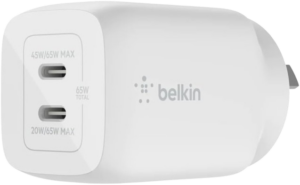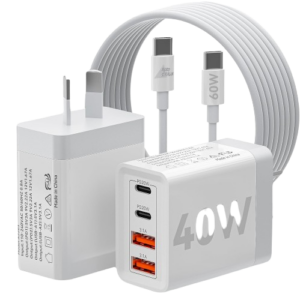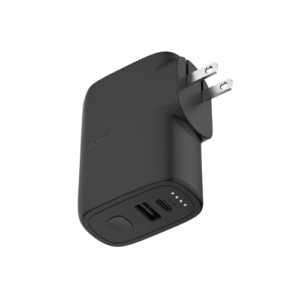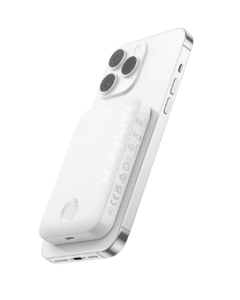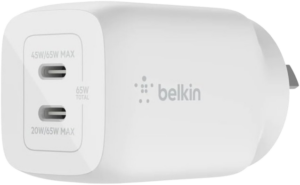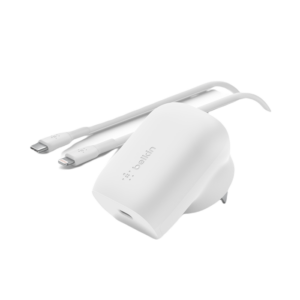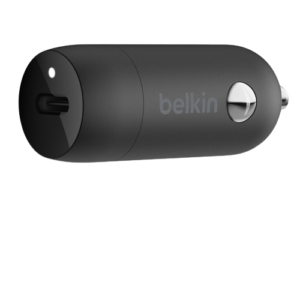Change up your charging setup with our guide to the best (and fastest) iPhone chargers you can find in Australia.
Best iPhone chargers in Australia: From $24.95
The days of getting a free charger and set of earbuds in the box whenever you shell out for a shiny new smartphone are well and truly behind us. Even if you're picking up one of Apple's pricey and premium iPhones, the best you can expect is a barebone charging cable that likely won't even be able to offer you the fastest speeds for your smartphone.
There are some environmental upsides to this trend, but the practical downside is that you'll need to track down an iPhone charger for yourself. What's more, not all such accessories are equal.
If you're not sure where to start your search, we've got you covered. No matter whether you're using an older iPhone with a lightning port or a more recent model with MagSafe and USB-C, we've got the details on the best iPhone chargers you can expect to find in Australia in 2024.
If you're in the market for a USB-C charger, the first port of call is probably going to end up being something with the Belkin name attached to it. There are plenty of brands playing in the iPhone charger space nowadays but few have enjoyed the same kind of staying power that the aforementioned accessory-maker has.
The brand's latest dual-port USB-C wall charger is a great reminder of why. It's got a sleek design with two USB-C ports and offers fast charging of up to 45W on compatible devices. The second port here adds another 20W of throughput, working out to a total of 65W.
The Belkin Dual USB-C GaN Wall Charger isn't quite the cheapest USB-C charger you can find nowadays. However, the fact that it comes kitted out with both galium-nitrate (GaN) charging tech and a programmable power supply that dynamically adjusts the charger’s output voltage to get the best results for a given device helps smooth over some of the wrinkles that come with that higher-than-usual asking price.
What to consider when buying an iPhone charger
Ports
If a charger doesn't have the right ports for your iPhone, there's no point even considering it. For that reason, the first thing you check out should be the number and type of ports.
Speed
While the number of ports on a given charger should be a key consideration, the speed at which those ports operate can be more important. Higher wattage is better here, as it means you'll be able to get your phone topped up sooner rather than later.
Safety
When it comes to accessories that deal directly in the transmission of power, like chargers, it can pay to go with a more expensive and well-known brand since it means you'll get the peace of mind that comes with knowing that they probably aren't cutting corners on safety.
Price
Price, of course, is another thing to consider but if all you're just after a simple charger to get you out of a jam, then you probably don't need to shell out the big bucks. Sometimes less can be more.
Using an older or refurbished iPhone that needs a lightning cable charger instead of a USB-C one? Belkin is still a safe bet on this front. This two-for-one bundle comes with a 30W wired charger and a USB-C to Lightning cable. You also get the passive benefits of MFI certification a 2-year warranty and the ability to just swap in a USB-C to USB-C charging cable whenever you do get around to upgrading to a new phone.
While there are cheaper iPhone chargers out there, this one doesn't cost that much more and does come with the pedigree and peace of mind that the Belkin brand brings with it.
Anker is typically the top performer when it comes to cheap chargers but we like this one from Aerostralia just a smidge more. It comes with two USB-C ports that can charge at 20W plus a set of USB-A ports that cap out at 15W. The feature-packed fast charger comes bundled with a single 1-meter-long USB-C port that's capable of up to 60W of throughput.
While it doesn't have the pedigree of a more established brand like Belkin, Aerostralia has thrown in the promise of a 365-day guarantee, 90-day free replacement, and a 30-day full refund should you need it. If that caveat is something you're happy to live with and you're keen on a charger that's as cheap as they get, this one is hard to beat.
What charger do I need for my iPhone?
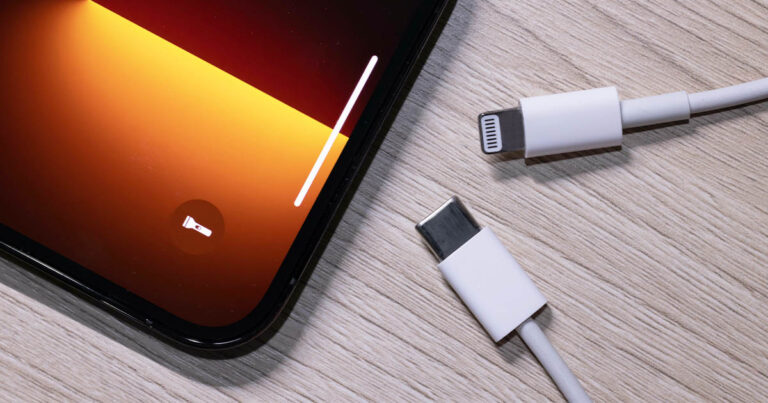
Confused about which charger you'll need for your iPhone? This might clear things up.
- iPhone 16, iPhone 16 Plus, iPhone 16 Pro and iPhone 16 Pro Max: USB-C Charging M+ Wireless Charging
- iPhone 15, iPhone 15 Plus, iPhone 15 Pro and iPhone 15 Pro Max: USB-C Charging + Wireless Charging
- iPhone 14, iPhone 14 Plus, iPhone 14 Pro and iPhone 14 Pro Max: Lightning Charging + Wireless Charging
- iPhone 13, iPhone 13 Mini, iPhone 13 Pro and iPhone 13 Pro Max: Lightning Charging + Wireless Charging
- iPhone 12, iPhone 12 Mini, iPhone 12 Pro and iPhone 12 Pro Max: Lightning Charging + Wireless Charging
- iPhone 11, iPhone 11 Pro and iPhone 11 Pro Max: Lightning Charging + Wireless Charging
- iPhone XS, iPhone XR and iPhone XS Pro Max: Lightning Charging + Wireless Charging
- iPhone SE: Lightning Charging + Wireless Charging
Belkin's BoostCharge Hybrid is the one charger to rule them all. It's a fast charger, a travel adapter and a power bank all built into one. It's not necessarily a best-in-class experience on any of those particular fronts but if the idea of carrying around fewer gadgets resonates with you then you'll probably like what it has to offer.
It supports up to 25W fast charging, with a built-in 5000mAh battery and comes with a handful of interchangeable travel plugs included in the box. As far as travel-friendly iPhone chargers go, it doesn't get better than this.
The Anker 321 MagGo battery pack is a wireless charger with a built-in power bank. While it uses magnetic connectivity to ensure a tight grip and consistent charging, it only offers 7.5W charging rather than 15W which true Made for MagSafe chargers can offer.
Still, the form factor and thrifty price tag here make the Anker 321 MagGo easy to recommend to anyone in the market for a decent wireless iPhone charger. That said, if you'd prefer to make use of the faster wireless charging speeds that MagSafe allows for then this one from Belkin is a little pricey but it'll do the trick.

MagSafe versus Qi 2: What’s the difference?
Need help making sense of MagSafe? We've got you covered.
Best fast iPhone charger for car
Belkin BoostCharge 30W Fast Car Charger
Belkin's BoostCharge Fast Car Charger is simple and affordable plus it ticks all the boxes you'd want from a road-trip-friendly accessory. It's only got one port and it caps out at 30W charging but it's got a snazzy design and it won't break your budget.
While the BoostCharge Fast Car Charger isn't likely to satisfy the needs of those looking to charge multiple devices en route to their destination, it's an ideal accessory for those after an easy fix. Belkin's latest is budget-friendly, well-built and very easy to recommend.
How do iPhone chargers work?
While the ports on the exterior of modern iPhone chargers might have gotten an EU-mandated facelift, the fundamentals of how phone charging works haven't changed all that much in recent years. To top up your battery life, you'll still need both a charging brick and a charging cable.
When you plug it into a wall socket or other power source, a charging brick converts high voltage alternating current electricity into a low voltage direct current (DC) instead. When this current is run through your iPhone, it triggers a chemical reaction that creates a charge within the battery inside it. Whenever your smartphone uses power, part of that charge gets used up.
However, the process of charging up a smartphone battery isn't as dumb as it sounds. Similar to watering a plant, if you run too much current through the battery too quickly you could end up spoiling the reaction by overheating the battery. To help solve that, most phones rely on a chip controller and other safety measures.
Besides the shape and size, one of the big differences between different charging ports like USB, Lightning and USB-C is the amount of current they can be supplied when it comes to charging. A slow cable paired with even the fastest of fast-charging bricks can lead to bottle-necking and a frustrating experience.
Related Articles




